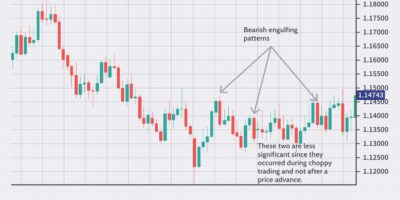
Digital payment is the process of transferring money electronically, without the use of physical cash or checks. It can be done through various channels, such as mobile wallets, cards, online banking, e-commerce platforms, and digital currencies. Digital payment offers many benefits, such as convenience, speed, security, and inclusion.
According to a report by BCG, the digital payment market in India is expected to more than triple to $10 trillion in the next five years, with non-cash contributions constituting nearly 65% of all payments . This means that two out of three transactions will be digital in the next five years, as opposed to two out of five transactions today.
What are the factors driving this growth? One of them is the increasing adoption of smartphones and internet access, which enable consumers and merchants to access digital payment services anytime, anywhere. Another factor is the government’s push for digitalization, which has introduced initiatives such as Unified Payments Interface (UPI), Aadhaar-enabled Payment System (AePS), and Bharat QR code. These initiatives have made digital payment more accessible, affordable, and interoperable.
Moreover, the COVID-19 pandemic has accelerated the shift to digital payment, as people have become more aware of the health and safety risks of handling cash. According to a survey by Statista, 55% of Filipino consumers said they increased their use of cashless payments during the pandemic . The pandemic has also boosted e-commerce activity, which relies heavily on digital payment methods.
Another trend that is shaping the future of digital payment is the emergence of new technologies, such as artificial intelligence (AI), machine learning (ML), biometrics, 5G networks, and blockchain. These technologies can enhance the efficiency, security, and innovation of digital payment systems. For example, AI and ML can help detect fraud, personalize offers, and optimize pricing. Biometrics can provide more secure and convenient authentication methods, such as fingerprint or facial recognition. 5G networks can enable faster and smoother transactions, especially for high-volume or low-latency applications. Blockchain can offer more transparent and decentralized payment solutions, such as cryptocurrencies or smart contracts.
As digital payment becomes more prevalent and sophisticated, it will transform the way we pay and get paid in various aspects of our lives. For consumers, it will offer more choices, convenience, and rewards. For merchants, it will reduce operational costs, increase sales opportunities, and improve customer loyalty. For governments, it will increase tax compliance, financial inclusion, and economic growth.
Digital payment is not just a trend; it is a revolution that is changing the world of transactions. Are you ready to embrace it?


